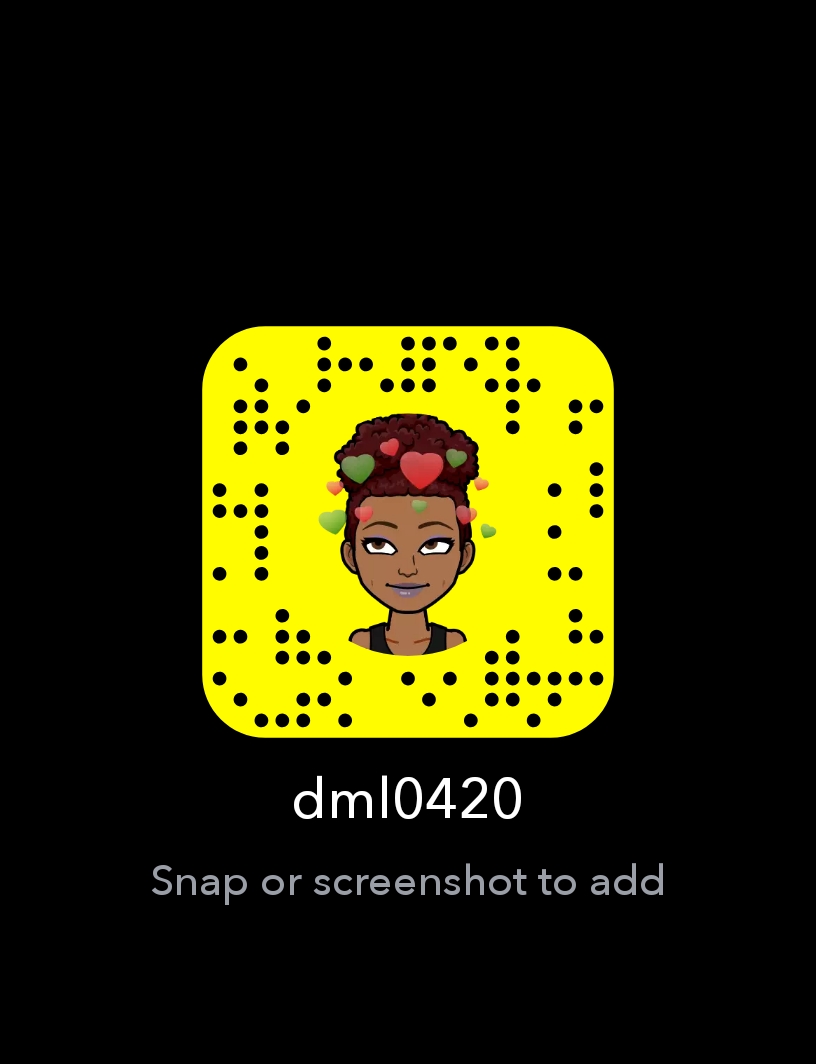Tips
Point Of View – 4th
Definition
This is an uncommon POV. The fourth-person perspective is a more recent development of modern storytelling. It uses the following pronouns:
- One
- Someone
- Somebody
- Anyone
- Anybody
- Oneself
- One’s
Some say this refers to the collective perspective told in the pronouns “we” and “our” without the use of “I” and “me.” However, indefinite pronouns are more common in the 4th person perspective.
Books Written in 4th POV
- The Knife Thrower and Other Stories by Steven Millhauser
- The Unfinished World by Amber Sparks
- And I Do Not Forgive You by Amber Sparks
- A story called “Waves,” by Amien Richard
- On With the Story by John Barth
Example of 4th POV
- “One would think you could simply bend the rules.”
- “Somebody could break their arm.”
- “Anyone can refer to oneself in the fourth person.”
Passage Example:
When the neighbors moved in, we wondered if they belonged in our community. We think of ourselves as a welcoming community. We bake pies, help one another paint our houses every couple years, and, mostly, have never uttered an unkind word about anyone. But when we saw the neighbors arriving with their run-down car and their ugly children, we watched from our gardens and decided not to wave.
When the broomsticks appeared outside our bedroom windows, our hearts lifted like hot-air balloons. The women tapped gently on our windows, and we crept from beneath the sheets, tiptoed carefully across the carpet so as not to wake our parents, and climbed across sills, reaching through the cold air to grasp the wooden handles.
In the first passage, the creepiness of the community leaks into the very voice of the telling. In the second one, the awe of the children imbues the narrative voice. In this way, 4th has the option of being tonally colored by the group’s collective voice. Most importantly, this “we” will tell the story of the community rather than any individualized “I” from within that group.
Voice
4th Person is inherently different because there is no limited “I.” Instead, in 4th, the tone is influenced by the collective voice of the community/group but not hampered by it.
Advantages
The main advantage of speaking in the fourth person is to either refer to something that many people do (“One’s hand may slip if the tube were lubricated”) or to avoid passive voice (“Someone can do this,” instead of “This can be done”).
Disadvantages
There are a few limitations to navigating 4th smoothly. Movement and speech, for example, can become strangely cartoonish if we aren’t careful.
We decided to walk over and confront the neighbors. “Open up!” we yelled.
In this scene the entire group is now congregating and yelling outside the house in a near-comic fashion. To solve this problem requires splitting the “We” into smaller groups:
A few of us decided to confront the neighbors. Tom, his wife Rhonda, and The Woodstone’s were the first to go. “We baked you cookies,” Rhonda said when the neighbors opened the door. “You mind if we come in,” Mr. Waterstone added quickly.
Another way to avoid the problem of strange collective moments such as: we went to the bathroom; we rode the escalator; or we honked our horn is to create a list of simultaneous actions:
We baked cookies, we offered to paint their house or to babysit their kids, we made small talk when we saw them at the hardware store, and late at night we called one another and told tales of what we’d seen. We plotted, we lamented, and finally, we gave up trying to be nice.


